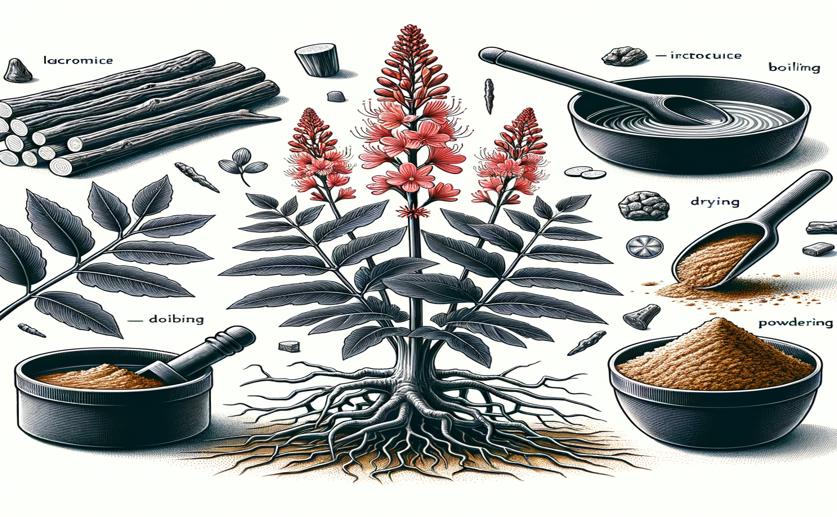
How Different Processing Methods Affect Licorice's Active Ingredients
Greg Howard
12th July, 2024

Image Source: Natural Science News, 2024
Key Findings
- The study by Shaanxi University of Chinese Medicine compared traditional and fresh processing methods of licorice
- Fresh processing methods significantly improve the preservation of bioactive compounds in licorice
- The study identified 38 differential compounds between the two methods, highlighting the chemical changes during processing
References
Main Study
1) Effects of different post-harvest processing methods on changes in the active ingredients of licorice based on LC-MS and plant metabolomics.
Published 11th July, 2024
https://doi.org/10.1002/pca.3419
Related Studies
2) An "essential herbal medicine"-licorice: A review of phytochemicals and its effects in combination preparations.
3) The Pharmacological Activities of Licorice.
4) Liquorice (Glycyrrhiza glabra): A phytochemical and pharmacological review.



 6th July, 2024 | Jenn Hoskins
6th July, 2024 | Jenn Hoskins